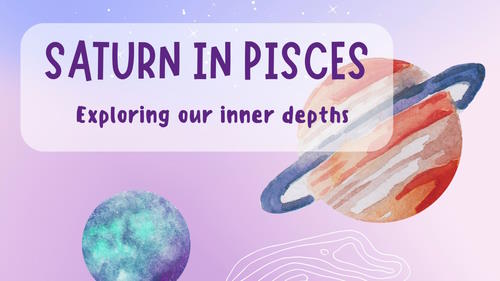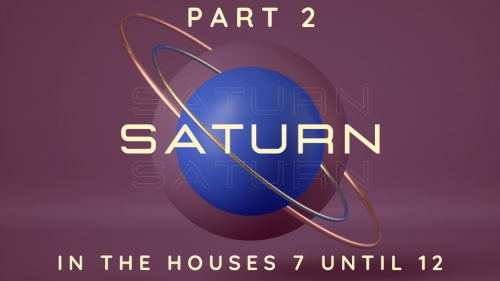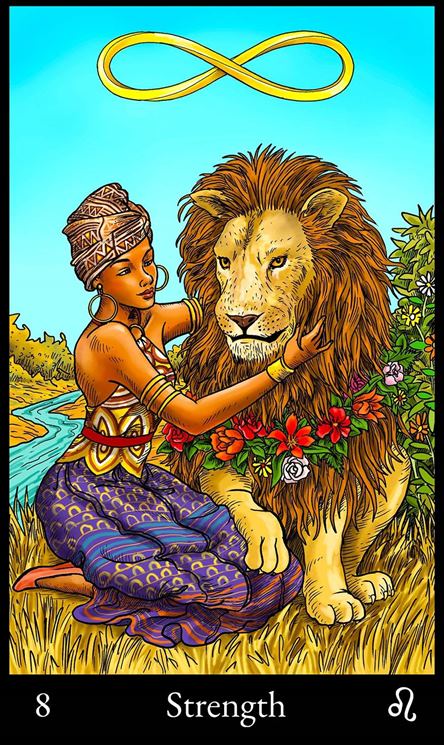Mercury Square Saturn
"I embrace the challenges of differing perspectives, finding growth and understanding through open communication and compromise."
- Opportunities
- Building a balanced relationship
- Embracing growth through contrast
- Goals
- Learning from strengths and weaknesses
- Bridging the gap between perspectives
Mercury Aspects
Mercury's Dance of Minds in Synastry
In the realm of synastry, where two birth charts intertwine to reveal the dynamics of a relationship, Mercury plays a pivotal role in understanding how individuals communicate, think, and share ideas. When Mercury in one person's chart aspects significant planets or points in another's, it can indicate a mental connection, sparking lively debates, mutual understanding, or a shared wavelength of thought. Such connections can lead to effortless conversations, where words flow, ideas merge, and both parties feel deeply understood. Whether it's the thrill of intellectual discovery or the comfort of shared perspectives, Mercury's touch in synastry can foster a bond that's enriched by mental stimulation and shared curiosities.
Navigating Conversational Currents with Mercury
However, not all Mercury interactions in synastry spell seamless communication. Challenging aspects, such as squares or oppositions to Mercury, may suggest differing communication styles, where misunderstandings arise or viewpoints clash. One person's logic might perplex the other, or discussions might frequently veer into debates. Yet, even in these moments of disconnect, there's potential for growth. Recognizing and respecting different mental approaches can lead to a deeper appreciation of each other's uniqueness. In essence, Mercury's role in synastry is multifaceted, underscoring the importance of communication in relationships and emphasizing the joys and challenges of merging two distinct minds.
Mercury Square Saturn
The Mercury square Saturn aspect in synastry highlights a potential clash between communication styles and differing approaches to problem-solving within a romantic relationship. The first person may possess a quick and agile mind, often challenging the second person's more conservative and traditional views. Their perspectives on hard work, progress, and limitations can differ significantly, leading to potential misunderstandings and frustrations.
Communication problems may arise as the first person continually questions and challenges the second person's ideas and methods. They may feel frustrated by the perceived slowness or rigidity of the second person's approach, leading to a constant sense of testing and complaint. Expressing thoughts and opinions can become a real struggle, as the first person may find it difficult to effectively convey their point of view to the second person.
For example, the first person might prefer to take risks and embrace innovation, while the second person values caution and adheres to traditional methods. This clash can create tension when attempting to collaborate or make decisions together. The first person may feel hindered by the second person's cautiousness and may find it challenging to find common ground.
However, it is important to note that this aspect does not necessarily indicate a doomed relationship. With open communication, understanding, and compromise, both individuals can learn from each other and find a balance between the need for innovation and the importance of stability. It may require patience and a willingness to adapt, but this aspect can ultimately foster growth and mutual understanding in the relationship.





































